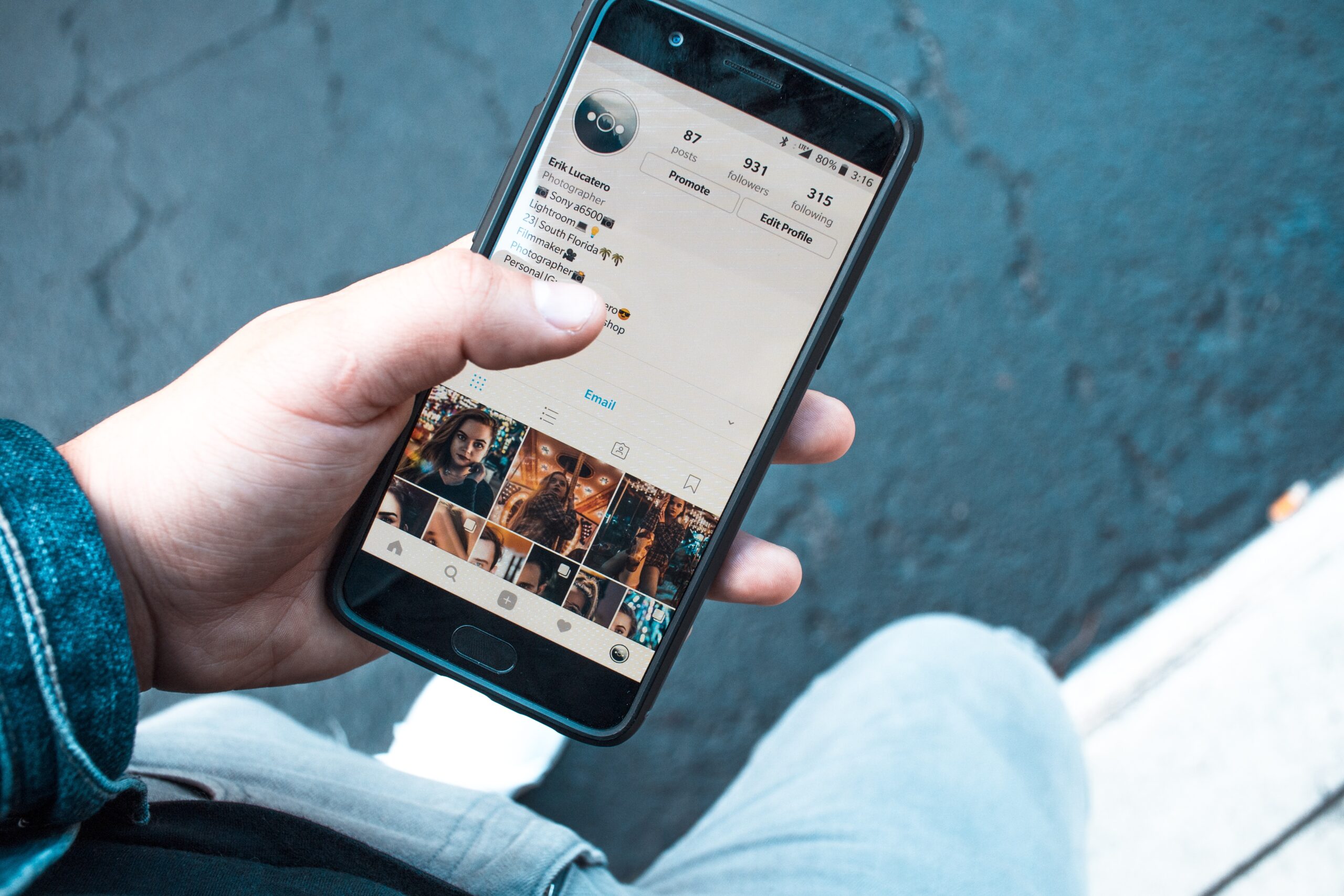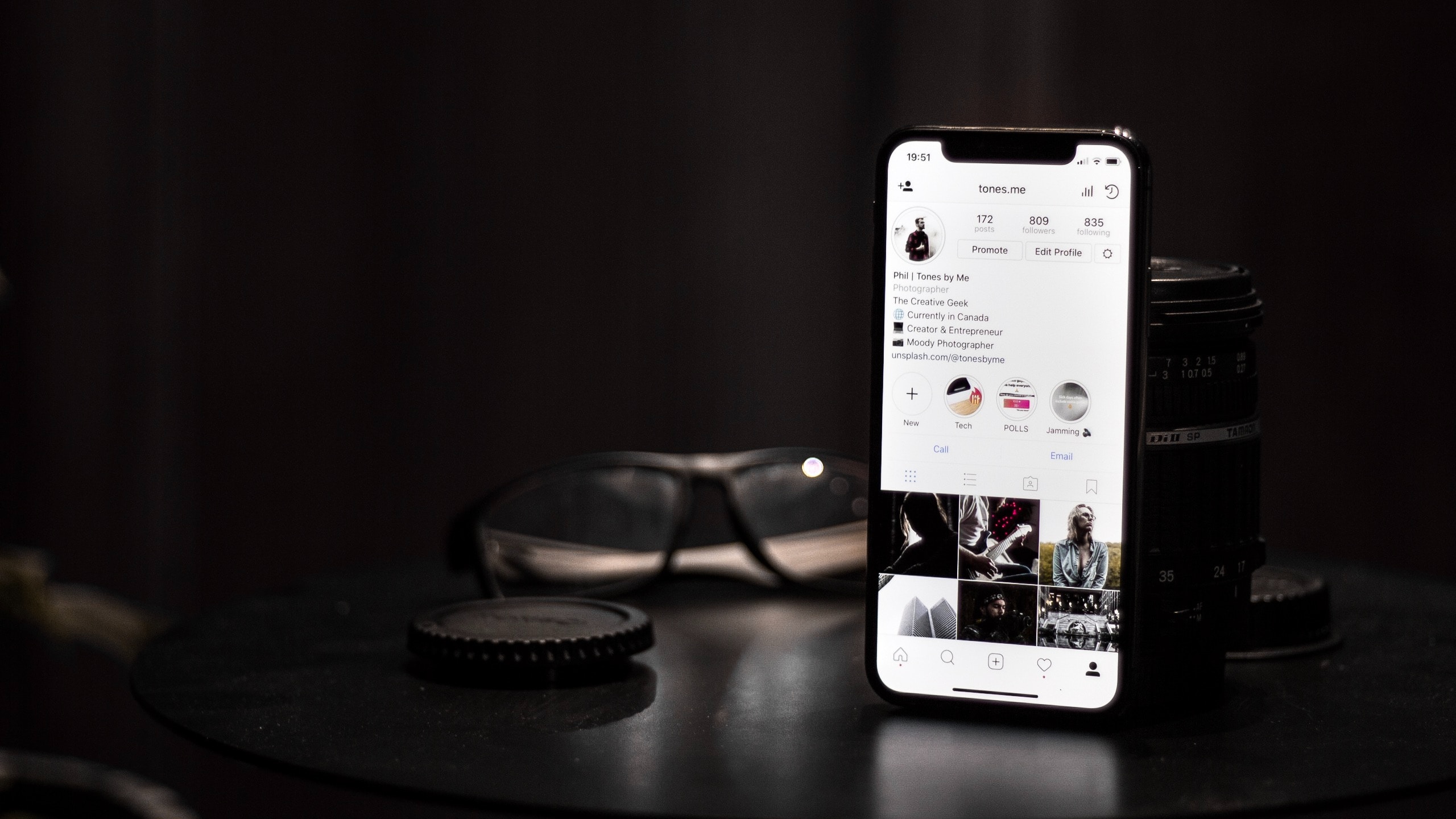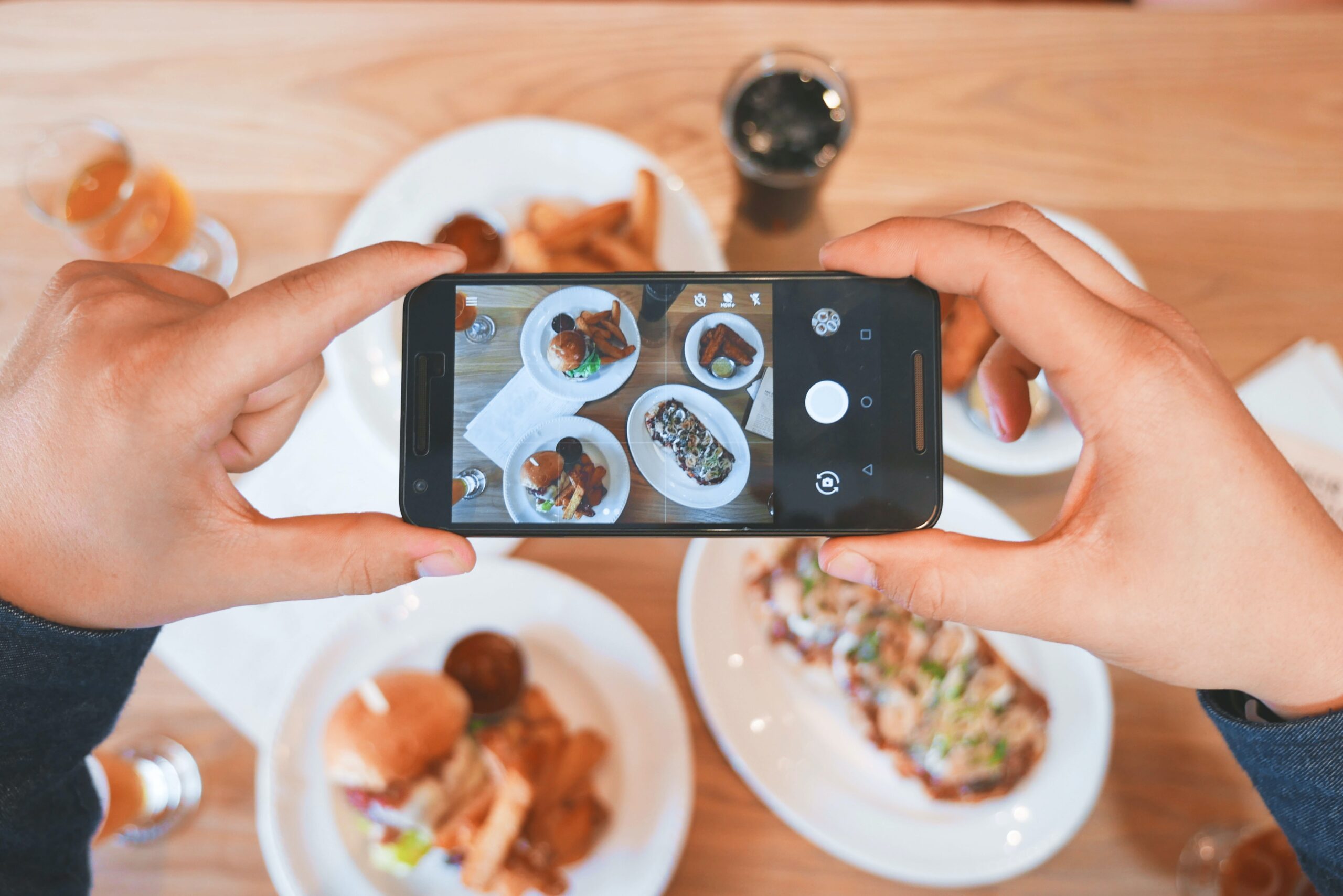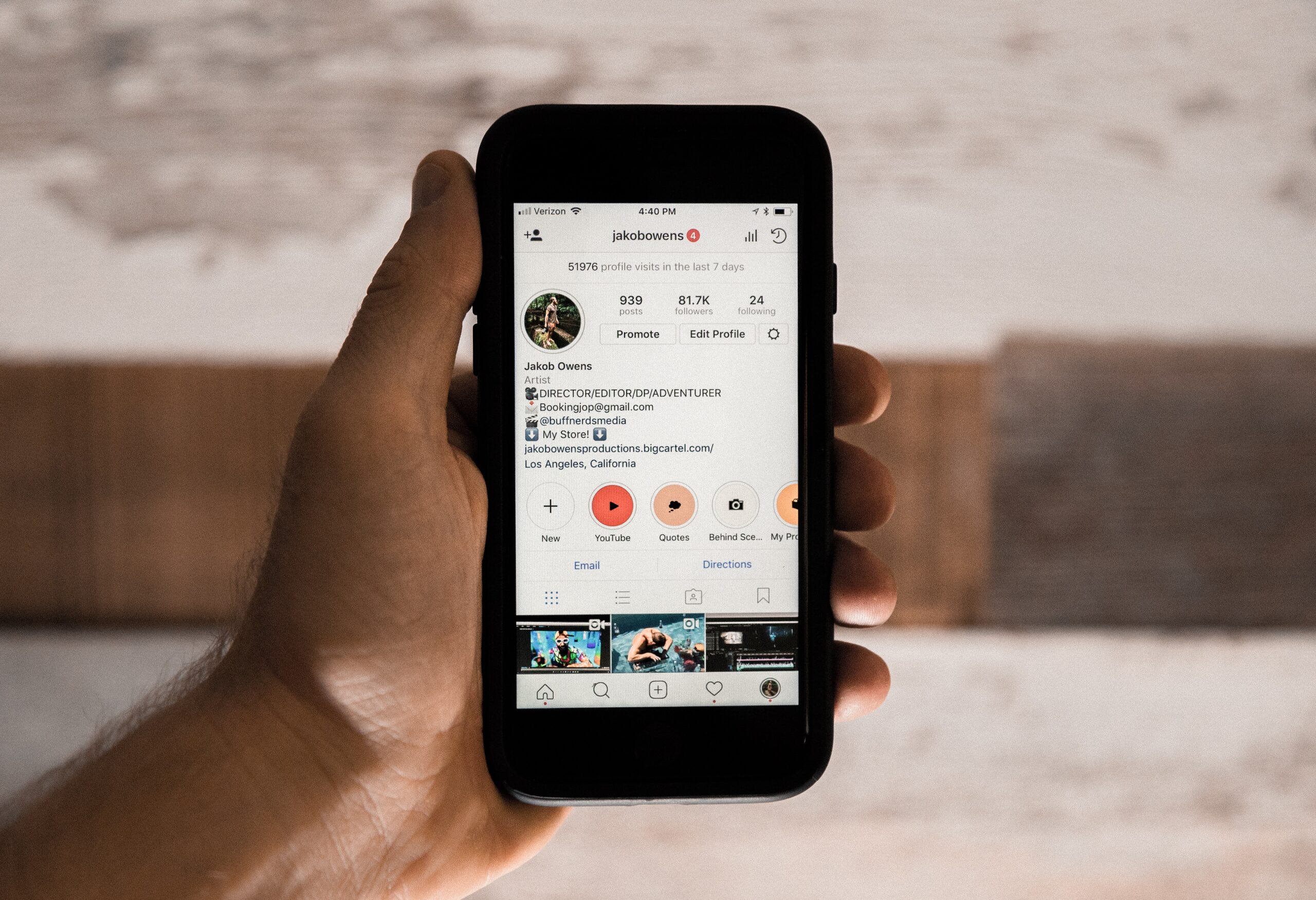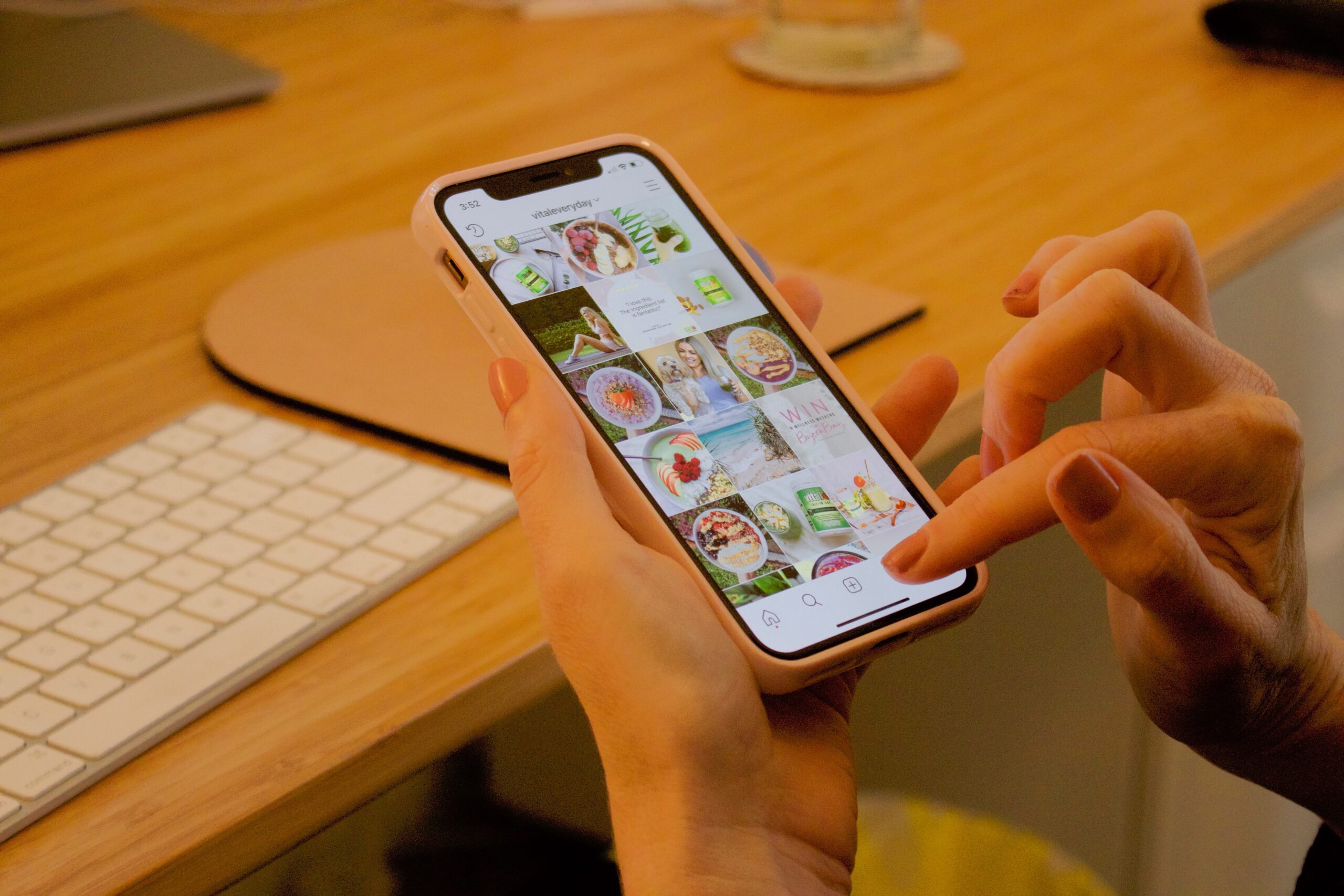Unlocking the Engagement Equation: Finding the Right Ratio for Interactions
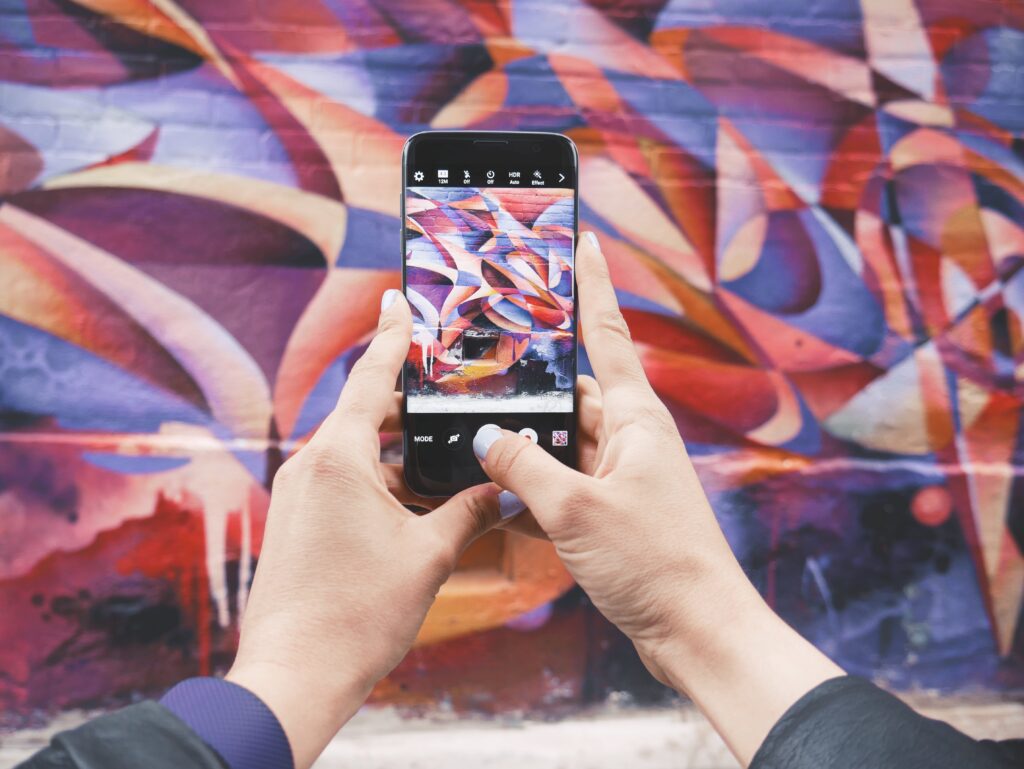
In the dynamic realm of social media, where every post competes for attention, engagement stands as the cornerstone of meaningful interactions and content visibility. But determining the right ratio of interactions is an intricate balance that can make or break your brand’s success on platforms like Instagram. In this article, we delve into the art and science of finding the optimal engagement ratio, exploring the factors that influence it, its implications for your online presence, and strategies to strike the perfect equilibrium.
The Engagement Spectrum: From Lurkers to Loyalists
Engagement on social media is a spectrum that encompasses a range of interactions. From passive actions like likes and story views to active engagements like comments, shares, and direct messages, each form of interaction indicates a varying degree of audience involvement. Understanding this spectrum is crucial for crafting an effective engagement strategy.
Engagement Ratio Decoded: Quantity vs. Quality
The engagement ratio is the ratio of interactions (likes, comments, shares, etc.) to your total number of followers. However, focusing solely on quantity can be misleading. A high number of likes doesn’t necessarily translate to meaningful connections or conversions. Striking the right balance between quantity and quality is essential.
The Goldilocks Zone: Defining Optimal Engagement
The “just right” engagement ratio varies depending on factors such as industry, audience demographics, and content type. A universally applicable engagement ratio doesn’t exist, but there are benchmarks to consider. For instance, an engagement ratio of 3-6% is often considered healthy for Instagram. However, these figures are not set in stone and should be adapted to your specific context.
Research Insight: The Impact of Engagement Ratio on Follower Growth
A study conducted by Socialbakers found that accounts with an engagement rate higher than 5% tend to have a higher follower growth rate. This underscores the importance of maintaining an optimal engagement ratio to attract new followers.
Factors Influencing Engagement Ratios
Several variables influence the engagement ratio:
Follower Base: A smaller, engaged follower base can lead to higher engagement ratios, as interactions are concentrated among dedicated followers.
Content Relevance: If your content resonates with your audience’s interests and values, it’s more likely to drive interactions.
Frequency of Posting: The engagement ratio can be affected by how often you post. Posting too frequently might lead to a dilution of engagement across posts.
Engagement Type: Different types of interactions hold different weight. Comments and shares are often considered more valuable than likes.
Case Study: The Engagement Strategy of Starbucks
Starbucks’ engagement strategy focuses on fostering genuine interactions. They encourage followers to share their Starbucks experiences using a branded hashtag, leading to a community of loyalists who actively engage with and promote the brand. This approach has resulted in a healthy engagement ratio and a strong digital presence.
Avoiding the Vanity Metrics Trap
Vanity metrics, such as a high follower count or a surplus of likes, can be misleading indicators of success. A skewed engagement ratio driven by bots or irrelevant followers fails to translate into meaningful connections. Prioritize genuine interactions over superficial metrics.
Research Insight: The Relationship Between Engagement and Share of Voice
A study by Hootsuite found that higher engagement rates correlate with a larger share of voice in your industry. Brands with higher engagement are more likely to be noticed and remembered by their target audience.
Tailoring Ratios to Goals: Conversion vs. Awareness
Your engagement goals should align with your overall objectives. If your aim is to drive conversions, a higher engagement ratio might not be as important as driving quality interactions that lead to sales. On the other hand, if your goal is brand awareness, a higher engagement ratio could indicate strong audience engagement with your content.
Strategies for Achieving the Right Balance
Know Your Audience: Understanding your audience’s preferences, behaviors, and pain points can help tailor your engagement strategy.
Create Compelling Content: Crafting content that resonates with your audience’s emotions and values encourages meaningful interactions.
Encourage Conversations: Pose questions, prompts, or open-ended statements that prompt followers to comment and share their thoughts.
Engage Actively: Respond to comments, messages, and mentions promptly and authentically to foster a sense of community.
Analyze and Iterate: Regularly analyze your engagement metrics and adjust your strategy based on what works best for your audience.
Case Study: Gymshark’s Targeted Approach
Gymshark, a fitness apparel brand, leverages a targeted engagement approach. By understanding their fitness-focused audience, they create content that resonates with their followers’ aspirations. This strategy has led to a robust engagement ratio and a dedicated community.
Conclusion: The Balanced Engagement Equation
In the ever-evolving landscape of social media, striking the right engagement ratio is an ongoing process that requires adaptability and understanding. Avoid fixating solely on numbers and embrace the qualitative aspects of engagement. By crafting content that speaks to your audience, fostering genuine connections, and adapting your strategy based on insights, you can find the perfect balance that propels your brand’s online presence to new heights.
Research Insight: The Relationship Between Engagement Ratio and Click-Through Rate
A study by HubSpot revealed that there’s a positive correlation between engagement ratio and click-through rate (CTR). Posts with higher engagement ratios tend to have higher CTRs, indicating that engaged audiences are more likely to take further actions.
Case Study: Glossier’s Community Engagement
Glossier, a beauty brand, has mastered the art of community engagement. By encouraging customers to share their makeup looks and skincare routines using branded hashtags, they’ve built a community of beauty enthusiasts. This interactive approach has not only driven engagement but also turned customers into brand advocates.
Unlocking the Engagement Equation: Finding the Right Ratio for Interactions
In the dynamic realm of social media, where every post competes for attention, engagement stands as the cornerstone of meaningful interactions and content visibility. But determining the right ratio of interactions is an intricate balance that can make or break your brand’s success on platforms like Instagram. In this article, we delve into the art and science of finding the optimal engagement ratio, exploring the factors that influence it, its implications for your online presence, and strategies to strike the perfect equilibrium.
The Engagement Spectrum: From Lurkers to Loyalists
Engagement on social media is a spectrum that encompasses a range of interactions. From passive actions like likes and story views to active engagements like comments, shares, and direct messages, each form of interaction indicates a varying degree of audience involvement. Understanding this spectrum is crucial for crafting an effective engagement strategy.
Engagement Ratio Decoded: Quantity vs. Quality
The engagement ratio is the ratio of interactions (likes, comments, shares, etc.) to your total number of followers. However, focusing solely on quantity can be misleading. A high number of likes doesn’t necessarily translate to meaningful connections or conversions. Striking the right balance between quantity and quality is essential.
The Goldilocks Zone: Defining Optimal Engagement
The “just right” engagement ratio varies depending on factors such as industry, audience demographics, and content type. A universally applicable engagement ratio doesn’t exist, but there are benchmarks to consider. For instance, an engagement ratio of 3-6% is often considered healthy for Instagram. However, these figures are not set in stone and should be adapted to your specific context.
Factors Influencing Engagement Ratios
Several variables influence the engagement ratio:
Follower Base: A smaller, engaged follower base can lead to higher engagement ratios, as interactions are concentrated among dedicated followers.
Content Relevance: If your content resonates with your audience’s interests and values, it’s more likely to drive interactions.
Frequency of Posting: The engagement ratio can be affected by how often you post. Posting too frequently might lead to a dilution of engagement across posts.
Engagement Type: Different types of interactions hold different weight. Comments and shares are often considered more valuable than likes.
Case Study: The Engagement Strategy of Starbucks
Starbucks’ engagement strategy focuses on fostering genuine interactions. They encourage followers to share their Starbucks experiences using a branded hashtag, leading to a community of loyalists who actively engage with and promote the brand. This approach has resulted in a healthy engagement ratio and a strong digital presence.
Avoiding the Vanity Metrics Trap
Vanity metrics, such as a high follower count or a surplus of likes, can be misleading indicators of success. A skewed engagement ratio driven by bots or irrelevant followers fails to translate into meaningful connections. Prioritize genuine interactions over superficial metrics.
Tailoring Ratios to Goals: Conversion vs. Awareness
Your engagement goals should align with your overall objectives. If your aim is to drive conversions, a higher engagement ratio might not be as important as driving quality interactions that lead to sales. On the other hand, if your goal is brand awareness, a higher engagement ratio could indicate strong audience engagement with your content.
Strategies for Achieving the Right Balance
Know Your Audience: Understanding your audience’s preferences, behaviors, and pain points can help tailor your engagement strategy.
Create Compelling Content: Crafting content that resonates with your audience’s emotions and values encourages meaningful interactions.
Encourage Conversations: Pose questions, prompts, or open-ended statements that prompt followers to comment and share their thoughts.
Engage Actively: Respond to comments, messages, and mentions promptly and authentically to foster a sense of community.
Analyze and Iterate: Regularly analyze your engagement metrics and adjust your strategy based on what works best for your audience.
Case Study: Gymshark’s Targeted Approach
Gymshark, a fitness apparel brand, leverages a targeted engagement approach. By understanding their fitness-focused audience, they create content that resonates with their followers’ aspirations. This strategy has led to a robust engagement ratio and a dedicated community.
Conclusion: The Balanced Engagement Equation
In the ever-evolving landscape of social media, striking the right engagement ratio is an ongoing process that requires adaptability and understanding. Avoid fixating solely on numbers and embrace the qualitative aspects of engagement. By crafting content that speaks to your audience, fostering genuine connections, and adapting your strategy based on insights, you can find the perfect balance that propels your brand’s online presence to new heights.
Remember, engagement isn’t just a mathematical formula; it’s a reflection of your brand’s ability to connect with its audience on a meaningful level. Unlocking the engagement equation isn’t about reaching a fixed target, but about continually fine-tuning your approach to create a vibrant and engaged community around your brand.

